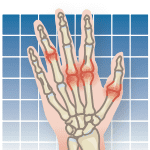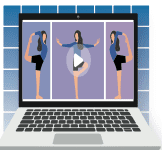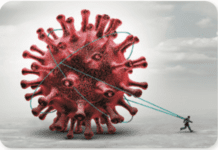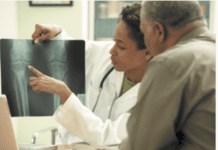Individuals who suffer from lumbar degenerative scoliosis-an abnormal curvature of the lower spine that can cause debilitating back pain and is a common consequence of the wear and tear of vertebral discs associated with aging-are usually older, have multiple medical conditions, and are not good candidates for surgery. Painkillers are the frontline approach to relieving discomfort, while acute inflammation may be treated with steroid injections. In more serious cases, one traditional option has been open-surgery spinal fusion, a procedure in which rods and screws are used to straighten the curved areas of the spine. Bone fragments are applied and will eventually fuse with spinal bone tissue in the proper position. Spinal fusion is a time-consuming procedure that can involve blood loss, long periods of recovery, and unwanted after-effects such as weakened muscles and damaged nerves.
To continue reading this article or issue you must be a paid subscriber.
Sign in






























